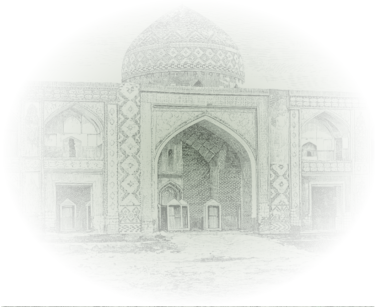Inakdagh is a village in the Novo-Bayazid uezd of the former Iravan governorate, later in the former Basarkechar (Vardenis) district, and currently in the Gegharkunik province. The provincial centre is located 90 km southeast of the town of Kavar (Gavar), at the foot of Inekdagh Mountain, at a height of 2000 m above sea level. It was marked on the five-verst map of the Caucasus.
The village was inhabited by 317 Azerbaijanis in 1873, 469 in 1886, 517 in 1897, 520 in 1908, 674 in 1914 and 423 Azerbaijanis in 1916. In February 1919 the Azerbaijanis were massacred and expelled from the village by Armenian armed forces. Following the establishment of Soviet power in present-day Armenia in 1920, the Azerbaijanis managed to return to their native village. The village was inhabited by Azerbaijanis: 297 in 1922, 281 in 1926, 383 in 1931, 379 in 1939, 444 in 1959, 633 in 1970 and 738 Azerbaijanis in 1979. In 1988 the Azerbaijanis were once again expelled from their native village by the Armenian government. At present, Armenians live there.
The toponym was coined by combining the ethnonym “Inak”, one of the Oghuz tribes, and the word “dagh” (a mountain). The word “inak” is of ancient Turkic origin, meaning “reliable, trusted”, “dear, beloved”. The word was used in ancient times to mean “a tribal chief”.
It was renamed “Yenikend” By the decree of the Presidium of the Supreme Soviet of the Armenian SSR dated 25 January 1978 and later “Tretuk” by decision dated 3 April 1991. According to the law “On the administrative-territorial division of the Republic of Armenia” dated 7 November 1995, it was integrated into the administrative area of the Gegharkunik province.
Geographical coordinates: latitude: 40°14’ N., longitude: 45°51’ E.
